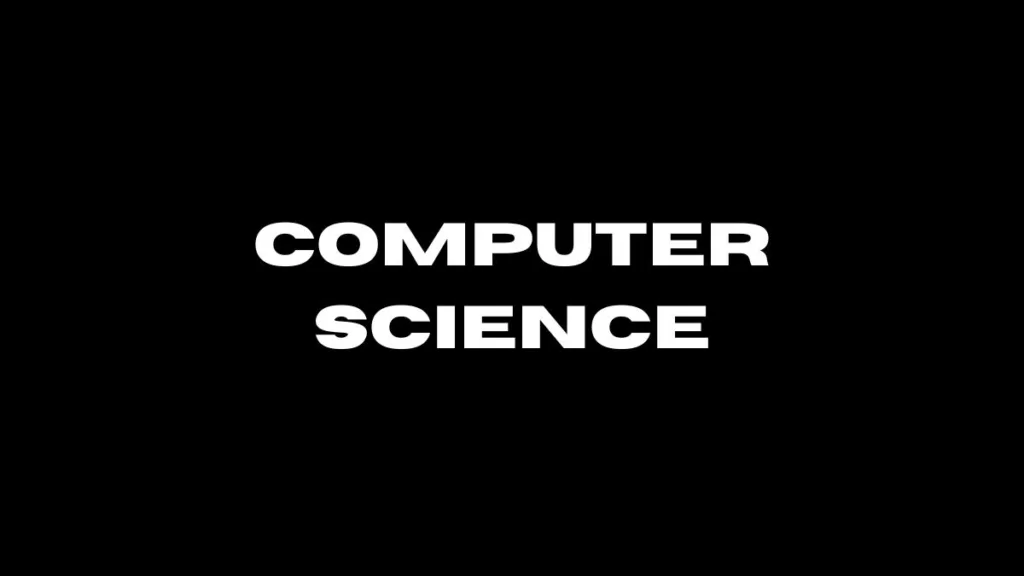Sorting algorithms hold a crucial place in the vast domain of computer science. They are essential for optimizing numerous tasks, from database queries to user interface rendering. While most algorithm designs focus on achieving the best performance, some algorithms intentionally explore the opposite: the worst sorting algorithms. These algorithms are often created for educational or entertainment purposes, and they offer valuable insights into algorithm efficiency and the principles of computational complexity. This article delves into some of the most notoriously inefficient sorting methods, highlighting why understanding them is more useful than it might seem at first glance.
BogoSort: The Epitome of Inefficiency
BogoSort, also humorously referred to as stupid sort, permutation sort, or monkey sort, embodies inefficiency. The algorithm shuffles the array randomly and checks if it is sorted. If not, the process repeats. The lack of a deterministic approach means BogoSort can theoretically take an infinite amount of time to sort an array, with its best-case scenario (purely by chance) being O(n), and its average and worst-case performance being unbounded (O(∞)).
Why Study BogoSort?
BogoSort serves as an extreme example of how not to sort data. It underscores the importance of algorithmic design principles and helps students understand the bounds of algorithm performance.
SlowSort: Intentionally Ponderous
Inspired by the principle of “multiply and surrender,” SlowSort is a recursive algorithm that embodies the antithesis of efficiency. It sorts a sequence by recursively sorting the first half, sorting the second half, finding the maximum of the whole sequence, and moving it to the end of the list. This process repeats, adhering to a method that intentionally avoids making efficient progress.
What SlowSort Teaches Us
SlowSort, with its recursive inefficiency, highlights the cost of unnecessary computation and the importance of choosing the right algorithm for the data structure at hand. Its performance is abysmal, with a time complexity worse than O(n log n), the benchmark for comparison-based sorting algorithms.
StoogeSort: A Lesson in Complexity
StoogeSort is another inefficient sorting algorithm that sorts the initial two-thirds of a list, the final two-thirds, and the initial two-thirds again. Its convoluted approach results in a time complexity of approximately O(n^(log 3/log 1.5)), making it significantly slower than more conventional algorithms like QuickSort or MergeSort.
The Value of Understanding StoogeSort
StoogeSort demonstrates the impact of algorithmic decisions on performance, especially in how repetitive sorting of array segments drastically increases the number of operations required to achieve a sorted list.
SleepSort: A Novelty Among Algorithms
SleepSort is a tongue-in-cheek sorting algorithm that leverages system sleep timers. For each element in the input, it spawns a new thread that sleeps for an interval corresponding to the element’s value, then outputs that element. While creative, SleepSort’s reliance on system timing mechanisms and its behavior in multi-threading environments render it impractical and inefficient for sorting.
Insights from SleepSort
SleepSort is a creative exploration of system resources and concurrency. It highlights the complexities and pitfalls of relying on external systems for computational tasks and is an excellent reminder of the importance of algorithmic suitability to the task and environment.
Why Study Inefficient Sorting Algorithms?
Studying these seemingly absurd algorithms offers several benefits:
- Educational Value: They provide a clear contrast to efficient algorithms, reinforcing the principles of algorithmic efficiency and computational complexity.
- Understanding Bounds: By exploring the lower bounds of performance, students and professionals alike gain a deeper appreciation for optimization and efficiency in algorithm design.
- Creative Thinking: These algorithms encourage thinking outside the box, demonstrating that unconventional approaches can lead to valuable insights, even if the methods themselves are not practical.
Conclusion
While the pursuit of efficiency drives much of algorithm development, exploring intentionally inefficient sorting algorithms holds its own value. BogoSort, SlowSort, StoogeSort, and SleepSort, among others, serve as educational tools and thought experiments, challenging our understanding of computational efficiency and encouraging a deeper exploration of algorithm design principles. In the realm of computer science, sometimes the worst can indeed offer the best lessons.
- Car Dealership Tycoon Codes: Free Cash for March 2024 - April 9, 2024
- World Solver - April 9, 2024
- Roblox Game Trello Board Links & Social Links (Discord, YT, Twitter (X)) - April 9, 2024

